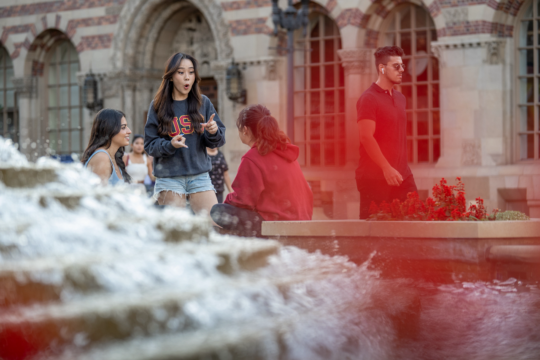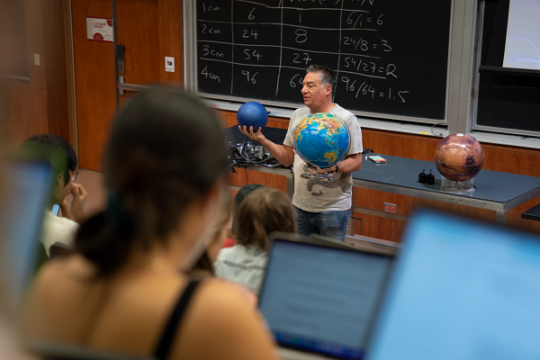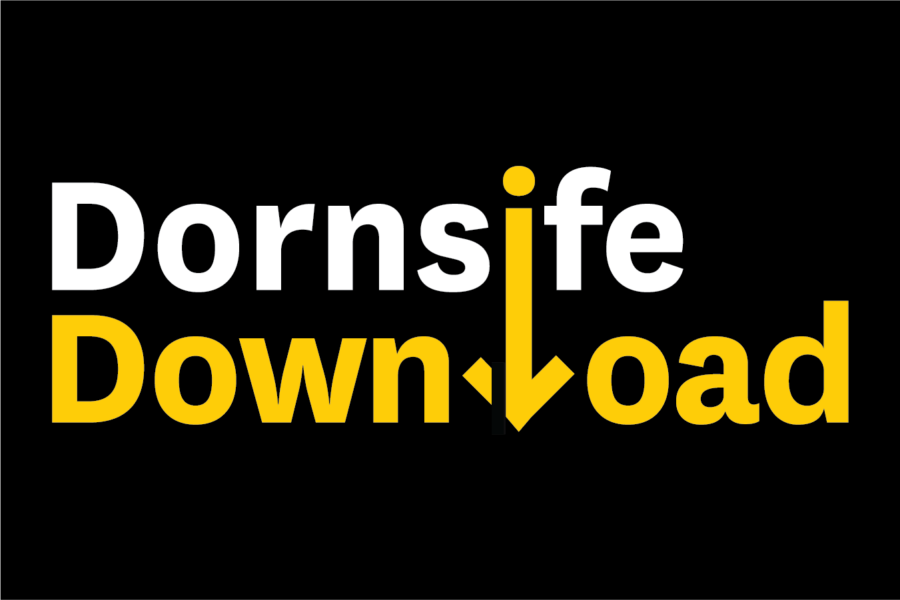Welcome to Our Website Support Hub
Here, you’ll find everything you need to create your USC Dornsife website. That includes design and technical guidance, access to an active support community via our Slack channel, and a rich library of resources to guide your work. Explore our image library, get help refining your messaging, dive into training tutorials, and ensure your work meets accessibility standards. Whether you’re just getting started or looking to update your site, we’re here to help.

Website Features
In 2023, the USC Dornsife College of Letters, Arts and Sciences website relaunched with a new design including its appearance and the underlying content management system that it operates on. Our site had not undergone a comprehensive upgrade in more than a decade, and the new site vastly improves the experience for all visitors.
Some of the features of the new website include:
Better Search
Improved search functionality within our site and enhanced ability for Google searches to find content on our website.Help with Content & Design
You’re ready to build a new site or redesign a webpage. But where do you even begin? Our best practices page has tips for writing polished copy, selecting a page layout, choosing images and much more.

Need Photos for Your Website?
Find photos of the USC Dornsife community and our campus in our image library.






Sign Up for Our Newsletter
The Dornsife Download is dedicated to keeping web editors up to date with news and information about the USC Dornsife website.

